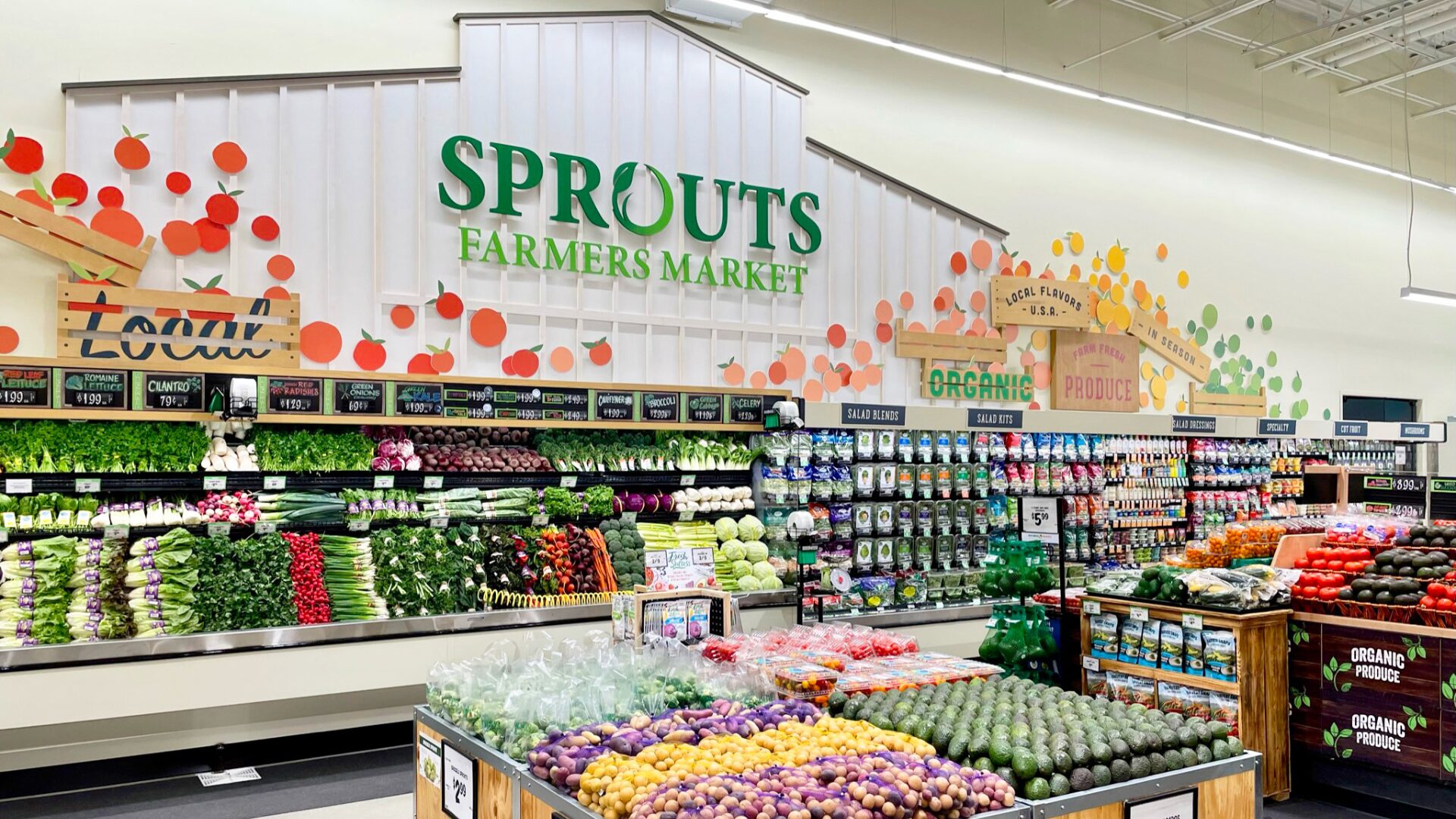The modern concept of vertical farming was put forth in 1999 by Columbia University microbiologist Dickson Despommier, who along with his students, came up with a design of a skyscraper farm that could feed 50,000 people.
Since then, vertical farming has become a multi-billion-dollar industry. And it’s growing rapidly.
According to PitchBook data, nearly $1.9 billion of global venture capital was invested in indoor farming in 2020, nearly tripling investment in 2019. And just this week, New York-based vertical farming startup Bowery Farming raised $300 million in its latest funding round, valuing the company at $2.3 billion.
Vertical farming growth may be accelerating at the ideal time, as concerns about population growth and climate change push the food industry to innovate to meet tomorrow’s challenges.
By 2050, around 68% of the world population is expected to live in urban areas, and this growth will lead to an increased demand for food. The use of vertical farming could play a role in preparing for such a challenge. At the same time, it could help restore forests depleted by commercialized agriculture and curb planet-warming emissions caused by farming and transportation. Agriculture and forestry alone account for about a quarter of the world’s greenhouse gases.
What is it?
Vertical farming is the practice of growing crops in vertically stacked layers as opposed to a single level, like a field or greenhouse.
Through the artificial control of temperature, light, humidity and gases, food can be produced indoors in a way that optimizes plant growth and soilless farming techniques such as hydroponics, aquaponics, and aeroponics. The benefits of which are reliable, environmentally-friendly, year-round crop production, significantly reduced water usage (by some estimates up to 95% less), efficient land use, and less exposure to chemicals and disease.
Among its downsides, vertical farms are costly to set up and operate and are too dependent on technologies that have yet to reach full maturity. Further, with its heavy reliance on electricity for lighting and climate control, it uses more energy than traditional farming methods and contributes to greenhouse gas emissions.
With that, the sector continues to innovate. And with vertical farming merely in its infancy, it’s reasonable to expect big things in the coming decades.
Investors certainly think so.
In fact, the global vertical farming market is projected to reach $12.77 billion by 2026, growing at a CAGR of 24.6%, according to Allied Market Research.
Some recent examples of vertical farming going mainstream include:
- Newark, N.J.-based AeroFarms planning to double its product offering at Whole Foods and, for Amazon Fresh, expanding from one to five distribution centers, increasing availability throughout the New York metropolitan area.
- Albertsons Cos. rolling out indoor-farmed produce from Bowery Farming to 275 Acme and Safeway stores in the Northeast and Mid-Atlantic.
- The Kroger Co. rolling out produce from vertical farm 80 Acres Farms to more than 300 stores in Ohio, Indiana and Kentucky.
- Giant Eagle introducing more packaged greens products from vertical- and robotic-farming specialist Fifth Season to supermarkets in Pennsylvania and Ohio.
Cost barriers
While investors and environmentalists alike are excited by the prospects of vertical farms, the cost barriers are significant, around 20% to 30% higher than traditional farms.
With that, investors may not be able to live up to the hype they’ve created around the industry, and see their bubble burst before they have a chance to prove themselves, said IDTechEx analyst Michael Dent, in a Bloomberg News article. “If people are expecting world changing progress and they don’t see it in the first two or three years — and what they see is high quality salad — there’s a chance they might pull out their investment on the field and move on to the next thing.”











